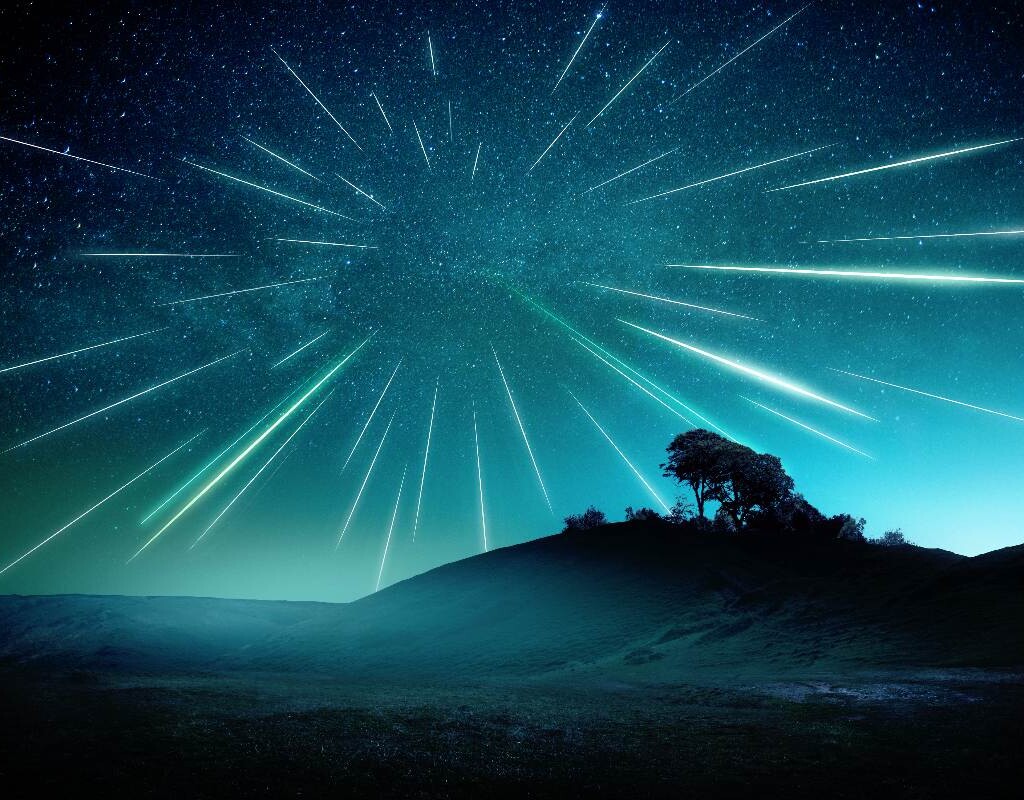The Quadrantids meteor shower returns in 2025 as one of the year’s most stunning astronomical phenomena. With a peak activity expected in the early hours of January 4, this event promises skies illuminated by dozens of meteors. Learn about its origin, the best time to watch, and practical tips to enjoy it to the fullest.
Quadrantids 2025: Complete Guide to Watching Meteors This Winter
The Quadrantids meteor shower returns in 2025 as one of the most intense spectacles on the astronomical calendar. With a peak activity estimated for the night of January 3 to 4, this meteor shower offers the chance to observe dozens of meteors per hour under dark skies. Inspired by data from specialized organizations, this guide details how to enjoy a unique event that promises to light up the winter mornings.
What Makes the Quadrantids So Special?
The Quadrantids, unlike other longer-lasting showers, are characterized by a very brief peak of activity.
This phenomenon originates from the remnants of asteroid 2003 EH1, which some astronomers consider an extinct comet that fragmented approximately 500 years ago. This origin makes the meteors particularly fast, reaching speeds close to 41 km/s (about 25.5 miles per second).
Moreover, their name refers to the now-defunct constellation Quadrans Muralis, which was removed from the official catalog, though it is still recognized in astronomical circles. These unique features make the Quadrantids an event with a highly appealing historical and scientific component.
Peak Moment and Outlook for 2025
The peak of this meteor shower is expected around 4:00 UTC on January 4, 2025, according to the International Meteor Organization (IMO).
An estimated ZHR (zenithal hourly rate) of around 120 meteors highlights its intense nature. At the same time, the waning moon phase will provide relatively dark skies, favoring observation even in areas with moderate light pollution.
However, it’s worth remembering that the peak activity will only last a few hours. As a result, planning your observation schedule becomes essential. Any delay could mean missing the highest concentration of meteors.
The Quadrantids are most clearly visible in the Northern Hemisphere. Their radiant point is located near the constellation Bootes, close to the bright star Arcturus. To locate this region, it is helpful to look towards the east-northeast after midnight. However, it is not necessary to directly observe the radiant point to see meteors, as they streak across the entire sky.
Additionally, it’s crucial to choose a location with low light pollution. Rural areas, coastal regions, or national parks are ideal for witnessing these fleeting flashes at their brightest.
Practical Tips for Observation
Adaptation to Darkness
Allow your eyes to adjust to the dim light for at least 20 minutes before expecting to see meteors. Avoid artificial lights and the temptation to check your phone.
Equipment and Clothing
No telescopes or binoculars are needed. These instruments limit the field of view and make it harder to catch the fast-moving meteors. Also, remember that January is a cold month in most of the Northern Hemisphere. Wear warm clothing, bring blankets, and consider a reclining chair for comfort.
Planning Your Location
Although urban skies may reveal a few meteors, it’s ideal to move to a darker environment. This way, each flash stands out more clearly against the night sky.
Limited Duration
Given the typically brief peak of the Quadrantids, it’s crucial to synchronize your observation time with the schedule provided by organizations like the International Meteor Organization (IMO). This greatly increases the chances of witnessing the maximum number of meteors.
Astronomical and Cultural Significance
The Quadrantids were first mentioned in 1825 and, despite their long history, remain less well-known than other prominent showers such as the Perseids or Geminids.
Nevertheless, their story connects classical astronomy with modern research on comets and asteroids. Many amateurs and professionals alike eagerly anticipate this spectacle for the fleeting beauty that fills the January sky.
In this sense, the blend of historical mystery and scientific relevance makes the Quadrantids an opportunity for learning.
The Quadrantids of 2025 promise to start the year with a meteor parade that could feature over a hundred streaks per hour. With clear skies and the waning moon nearly absent, the conditions are ideal to appreciate this phenomenon.
Therefore, plan ahead, choose a dark location, and prepare to witness one of the most fascinating celestial events on the astronomical calendar.
Ultimately, the early hours of January 4 will bring a spectacle well worth the effort of waking up early. This event represents a connection between the past and present, a reminder that our sky still holds secrets that can be seen with the naked eye if we pay attention and embrace the wonder of looking up.
Mike Rivero — Meteor Showers and Shooting Stars





